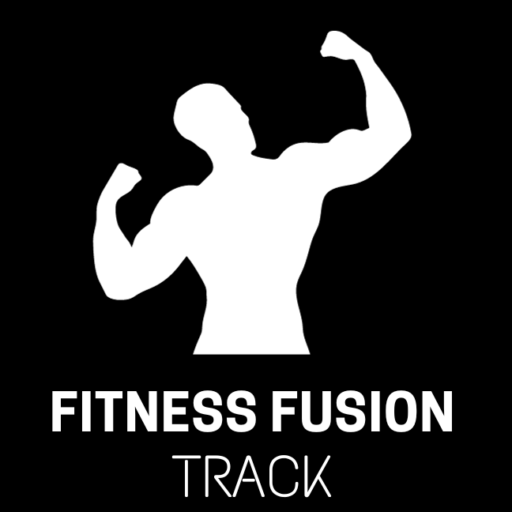Exercises on pull days are important for developing a full body and for promoting healthy muscular growth. Pull day routines improve strength, posture, and look by focusing on the back, biceps, and rear deltoids muscles. We’ll explore pull day routines, which have the purpose to improve muscle definition, strength, and development. Whatever your level of expertise as a lifter, including these exercises into your workout routine can help you reach new fitness benchmarks. Now let’s look at the top pull day routines that can help you reach your fitness objectives.
Introduction to Pull Day Routine
A complete workout routine is essential for developing general strength, building muscle, and preventing injuries in the context of fitness. The pull day, which focuses on workouts that target the muscles involved in pulling actions, is an essential part of a balanced routine. Pull day routines are great for all skill levels of lifters, and they may make a big difference in your training program.
Importance of Pull Day Workouts
Pull day exercises are essential to any complete fitness program. They provide a multitude of advantages that support general strength, muscular balance, and functional fitness, with a focus on the back, biceps, and rear deltoids. For this reason, pull day exercises are important:
Balanced Muscle Development
Pull day workouts help with balancing the muscular areas that are sometimes overlooked in other types of training and everyday activities. Pulling exercises, like rows and pull-ups, are great for building muscle in the spinal chain, which is important for keeping good posture and avoiding injuries.
Improved Posture
Poor posture is a common problem that can cause discomfort and chronic pain in today’s active lifestyles. Pull day exercises relieve the pressure that extended sitting and slouching place on the spine and shoulders by focusing on the muscles that are involved for maintaining a strong and upright posture.
Enhanced Functional Strength
Pulling motions are included in many daily tasks, such lifting groceries or carrying bags. Pull day routines can help you build functional strength that is applicable to everyday tasks, easing daily responsibilities and lowering your chance of injury.
Aesthetics
A strong back improves all of your muscles and helps with posture and functional strength. Pull day exercises help you get a more defined and visually attractive shape by focusing on the muscles that give you the “V-taper” look.
Injury Prevention
By strengthening the back and shoulder muscles with pull day exercises, common problems like sprains and strains can be avoided. You may lower your risk of overuse injuries and improve the general health of your joints by correcting muscle imbalances and strengthening joint stability.
Basic Principles of Pull Day Routine
A well-designed pull day routine follows certain principles to maximize effectiveness and safety. Here are the fundamental principles to keep in mind when planning your pull day workouts:
Exercise Selection
Select a range of workouts that focus on distinct muscle groups in the biceps, rear deltoids, and back. To achieve complete muscle activation, use isolation exercises like face pulls and bicep curls together with complex actions like pull-ups, rows, and pulldowns.
Progressive Overload
By gradually adding weight, increasing repetitions, or perfecting form, you may gradually raise the intensity of your exercises over time. This idea ensures continuous improvement by gradually promoting strength and muscular growth.
Proper Form and Technique
To increase muscle engagement and reduce the chance of injury, concentrate on performing each exercise with proper form and technique. When lifting weights, remember to keep your posture correct, exert control throughout the full range of action, and avoid using speed..
Mind-Muscle Connection
Engage the target muscles intentionally throughout each exercise to build a strong mind-muscle connection. To maximize muscular activation and development, visualize the muscles contracting and concentrate on feeling the tension in the targeted muscle groups.
Rest and Recovery
To promote muscle development and regrowth, give yourself enough time to take a break in between exercises and sets. Pay attention to what your body is telling you and avoid overtraining, which may reduce performance and raise your risk of injury.
Variation and Progression
You may add variation to your pull day routine by switching up your training methods, rep ranges, and exercises on a regular basis. This encourages continuous muscle growth and development while preventing training plateaus and keeping things exciting.
Warm-Up and Cool-Down
Make sure you warm up properly before starting your pull day routine to enhance joint mobility, boost blood flow to the muscles, and get the body ready for activity. To help reduce muscle discomfort and accelerate healing, include a cool-down phase into your workout.
Rest Periods
To balance the goals of strength, muscle growth, and endurance, maximize the rest intervals in between sets. Greater strength and power growth is possible during longer rest intervals (2–3 minutes), while shorter rest periods (30–60 seconds) encourage muscle endurance and calorie burning.
By following these fundamental guidelines, you may create a pull day routine that targets specific muscle groups, encourages muscular growth, and improves overall strength and fitness levels.
The 5 Best Pull Day Exercises
Deadlifts
Compound exercises like deadlifts work the back, glutes, hamstrings, and core, among other muscular groups. They are highly effective for building overall strength and muscle mass.
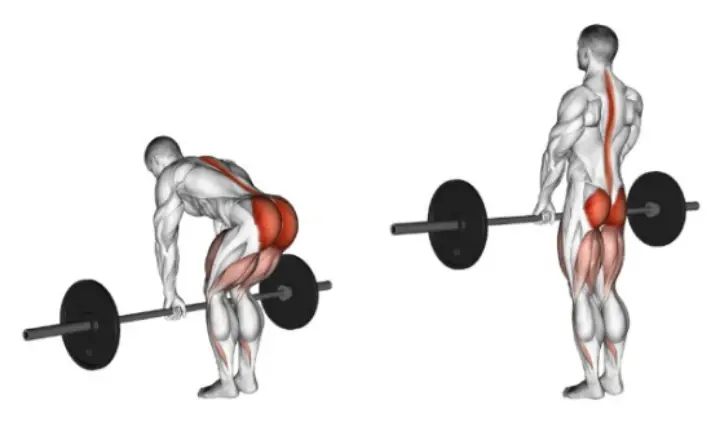
Pull-Ups
Pull-ups are a classic bodyweight exercise that primarily targets the back and biceps. They are excellent for improving upper body strength and muscular endurance.
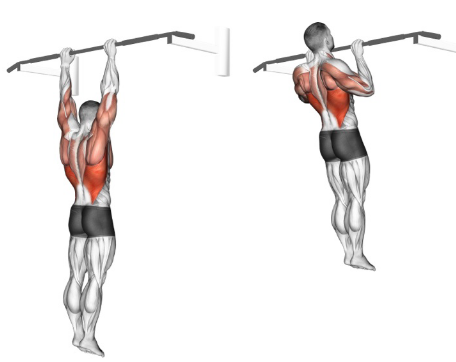
Bent Over Rows
Bent over rows target the muscles of the upper back, including the lats, rhomboids, and rear delts. They help improve posture and develop a strong, well-defined back.
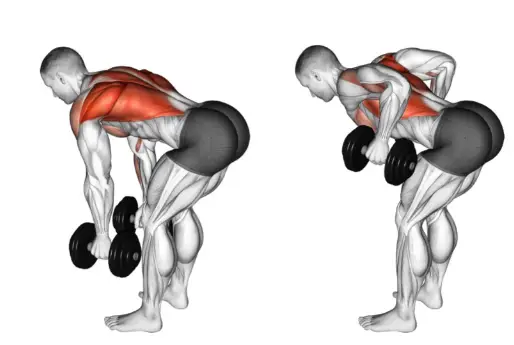
Face Pulls
Face pulls are a type of isolated exercise that work the upper back and back muscles. They are helpful in improving shoulder health and resolving imbalances.
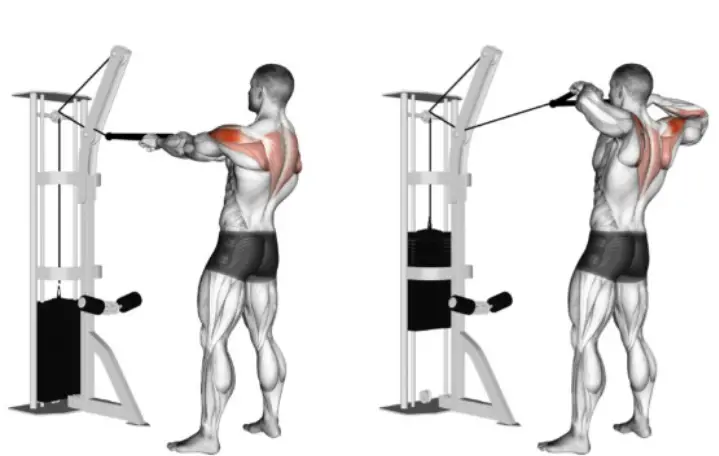
Lat Pulldowns
The latissimus dorsi, the major back muscles involved in pulling motions, are the target of lat pulldowns. For people who are inexperienced or unable to execute bodyweight exercises, they are an excellent replacement for pull-ups.
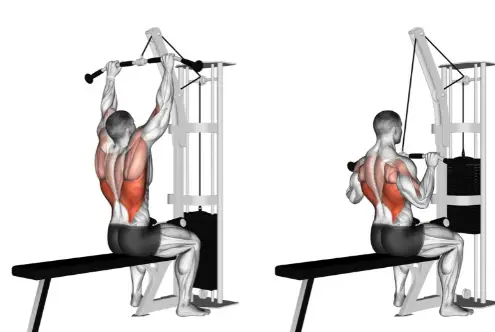
Sample Pull Day Routine
- 3 sets of 6–8 repetitions for deadlifts
- 3 sets of your max reps for pull-ups
- 3 sets of 8–10 repetitions for bent-over rows
- 3 sets of 14–16 repetitions for face pulls
- 3 sets of 10–12 repetitions for lat pulldowns
Tips for Maximizing Pull Day Effectiveness
To make the most out of your pull day workouts and achieve optimal results, consider implementing the following tips:
Prioritize Compound Movements
Pull-ups, barbell rows, and lat pulldowns are examples of complex movements that may be used to start your pull day routine since they work multiple muscles at once. By using compound exercises, you may increase the weight you lift and promote stronger muscular growth.
Focus on Mind-Muscle Connection
During each repeat, focus on squeezing and contracting the targeted muscles. The best way to guarantee optimum muscle activation and growth is to have a strong mind-muscle connection.
Grip Positions
To work on different parts of the back and biceps, try experimenting with different grip variants, such as the wide grip, narrow grip, underhand grip, and neutral grip. Shifting your grip position may help prevent plateaus and promote muscular growth from different perspectives.
Isolation Exercises
To treat any weaknesses or imbalances and to target specific muscle areas, combine compound motions with isolation workouts. Pull day isolation workouts include things like face pulls, rear delt flyes, and bicep curls.
Maintain Proper Form
Throughout every exercise, pay attention to maintaining correct form and technique to reduce the chance of injury and guarantee maximum muscle activation. Prioritize slow, careful motions when lifting weights rather than relying on velocity.
Drop Sets and Supersets
To boost the effectiveness and intensity of your exercises, include drop sets and supersets into your pull day routine. Drop sets involve performing all the way to failure on a set, then quickly lowering the weight and finishing the exercise, whereas supersets alternate between two distinct exercises with little to no break.
Pay Attention to Recovery
In order to avoid overtraining while promoting muscle development and regrowth, make sure you build in enough time for recovery and downtime in between pull day sessions. Pay attention to the signals your body gives you and modify the frequency and intensity of your workout.
Fuel Your Body Properly
Make sure your diet is balanced and full of healthy fats, carbs, and protein to aid in muscle building and recovery. During pull day exercises, maintaining enough water is also essential for maximum performance and recovery.
Be Consistent
Maintaining consistency is essential to meeting your fitness goals and seeing results. Make it a point to exercise consistently, with self-control and devotion, according to your pull day routine.
These suggestions might help you get the most out of your pull day routine, promote muscular growth, and get the desired results.
Conclusion
In conclusion, including the top five pull day routines into your training schedule may significantly enhance your strength, muscle growth, and overall physique. For optimal growth and performance, you may effectively target the back, biceps, and rear deltoids muscles by concentrating on compound exercises, maintaining correct form, and employing progressive loading. To get long-term success, never forget to put consistency first, pay attention to your body’s demands, and modify your routines as necessary. These pull day routines are a flexible and efficient way to reach your fitness objectives and reach your maximum potential, regardless of your level of lifting expertise.
FAQs
Q. How many times should I perform a pull day workout?
Depending on your fitness objectives and ability for recovery, try adding a pull day routine into your training schedule at least once or twice a week.
Q. Can beginners perform pull day exercises?
Yes, pull day exercises are suitable for beginners, but in order to prevent injury, it’s important to start with lesser weights and pay attention to perfect form.
Q. What if I don’t have access to gym equipment for pull day exercises?
Pull-ups, inverted rows, and other bodyweight exercises with resistance bands for increased resistance can still be performed as effective pull day workouts.
Q. How often should I change my pull day routine?
Every four to six weeks, switch up your pull day routine to avoid muscle loss and maintain your muscles stimulated. Try a variety of exercises, rep ranges, and training methods to keep your workouts interesting and productive.
Q. Is it necessary to include all five recommended pull day exercises in my routine?
No, your pull day routine may be modified to suit your tastes, degree of fitness, and availability of equipment. Make sure that you include a variety of workouts that specifically target the main muscle groups used in pulling motions.
